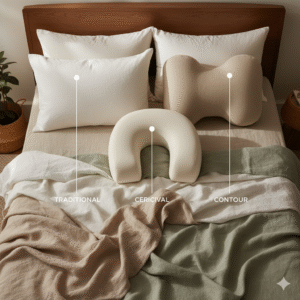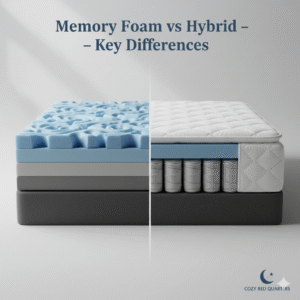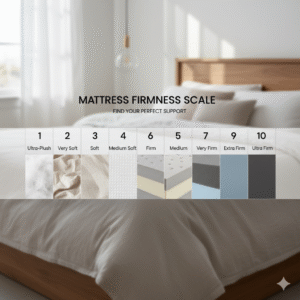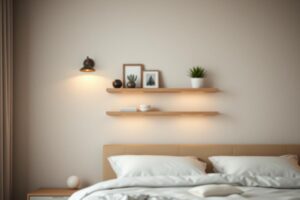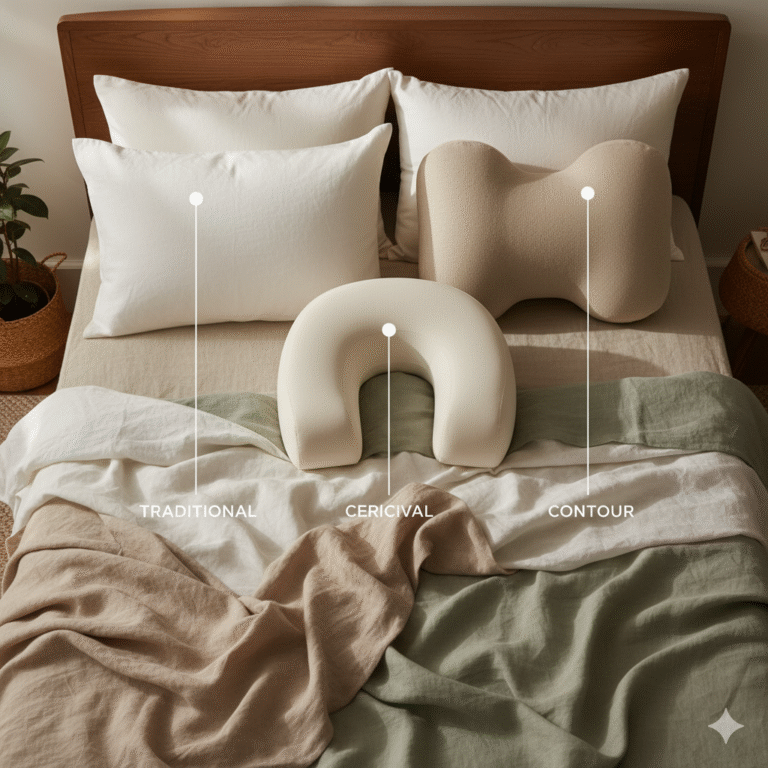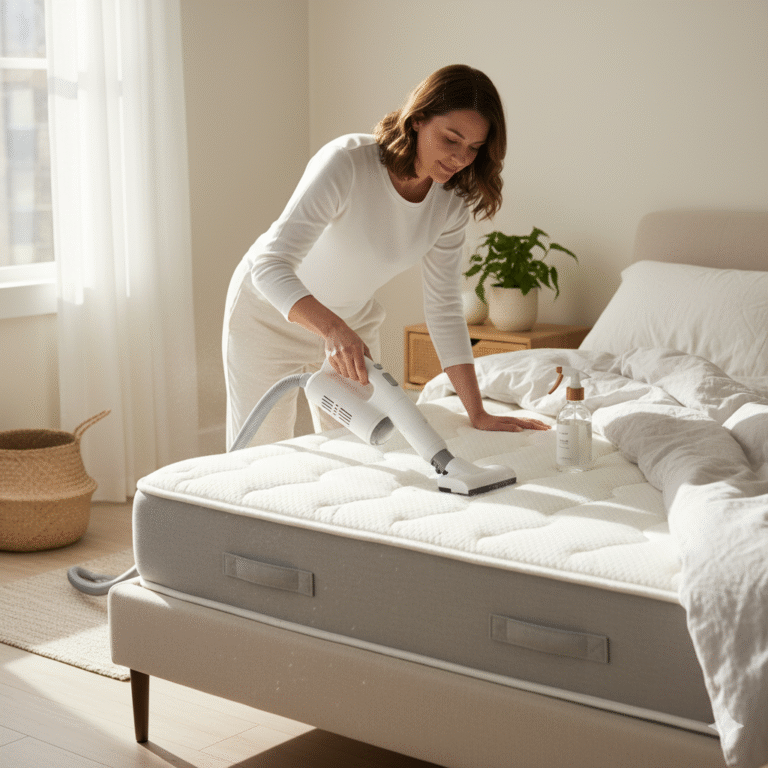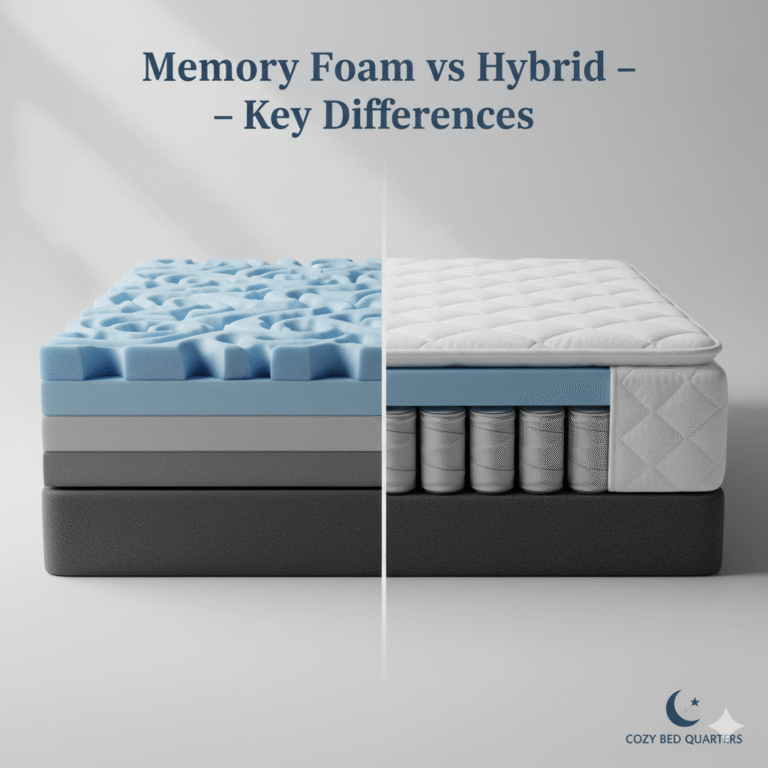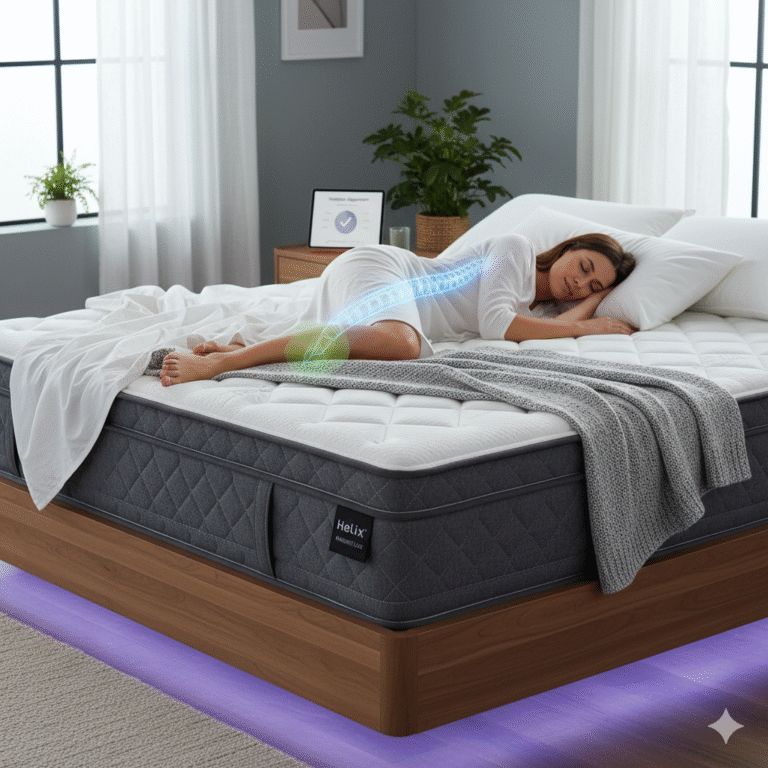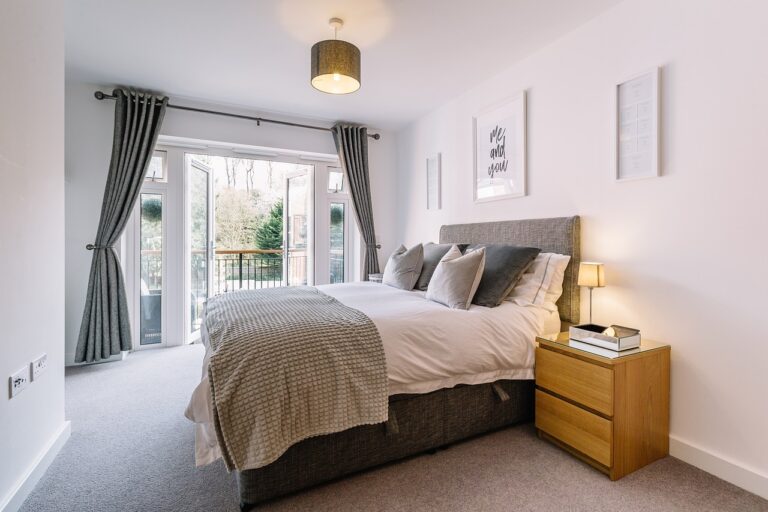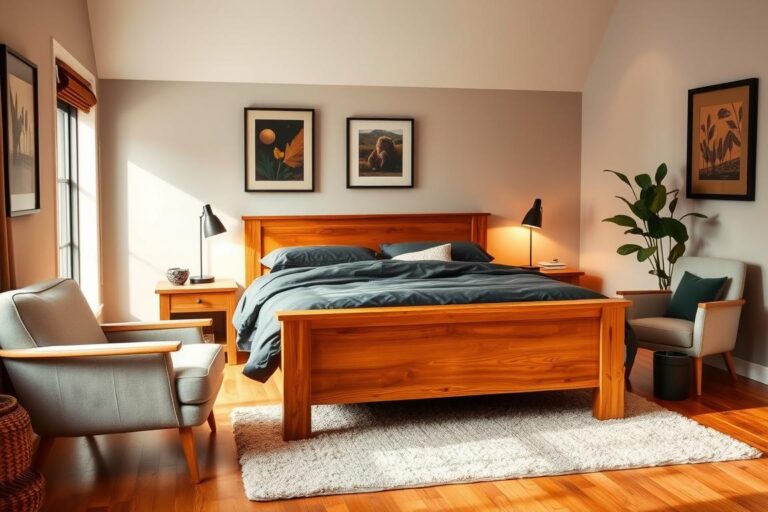DIY Fixes for a Noisy Bed Frame: Silent Sleep Solutions
Looking for easy DIY fixes for a noisy bed frame? From tightening bolts to adding padding, these quiet bed frame solutions will stop squeaks and restore peaceful, uninterrupted sleep. For metal setups, see our quick guide
Stop Metal Bed Frame from Squeaking.

Key Takeaways
- Tightening bolts is the fastest DIY fix for a noisy bed frame.
- Add felt or rubber padding wherever wood or metal parts rub.
- Use dry silicone on metal joints; reinforce weak wood joints with brackets or glue.
- Inspect slat spacing and center support; sometimes the “squeak” isn’t the frame.
- Do quick maintenance every 3–6 months to prevent future noise.
Common Causes of a Noisy Bed Frame
To learn how to stop a bed from squeaking, start with the “why.” Most noise comes from loose hardware, friction between parts, worn slats/joints, or an uneven floor.
New to bed frames? See the
Sleep Foundation’s bed frame primers
for a quick overview of construction styles. Building a sturdier base? Our guide on
reinforcing wooden bed frames
shows bracket layouts and glue-up tips for long-term silent sleep.
Tools & Materials Checklist
Before starting your DIY fixes for a noisy bed frame, gather these so you can work methodically from headboard to footboard.
- Screwdrivers (Phillips + flat) and the correct hex/Allen keys
- Wrench or socket set; optional torque wrench for consistent tightening
- Thread-locking adhesive (medium strength)
- Felt furniture pads, rubber gaskets, or fabric scraps
- Silicone spray or dry PTFE lubricant (for metal joints)
- Wood glue + corner brackets (for reinforcing wood frames)
- Anti-slip pads or shims (for uneven floors)
7 DIY Fixes for a Noisy Bed Frame
Work from the simplest fixes to the most involved. Test after each step so you don’t over-tighten or treat parts that aren’t the culprit.
1) Tighten All Screws and Bolts
The most common squeaky bed repair is tightening hardware—headboard mounts, side rails, center beam brackets, slat screws, and footboard hardware.
Pro Tip: Add a dab of medium-strength thread-locker to bolts that loosen repeatedly.

2) Add Padding Between Components
Wherever wood meets wood (or metal meets metal), insert a compressible barrier to kill friction noise—an essential noisy bed frame hack.
- Stick felt pads between slats and rails or under bracket flanges.
- Slide in rubber gaskets at headboard/footboard joints.
- Use fabric scraps as shims for snug, quiet fits.
Need ideas for placement? See
DIY Network’s padding techniques.

3) Lubricate Metal Joints
For metal frames, the squeak often lives at the brackets. A light spray of silicone or dry PTFE lube on contact surfaces can silence it.
Safety: Apply sparingly, wipe excess, and avoid getting lubricant on floors or bedding.
4) Replace Worn-Out Parts
Cracked slats, stripped screws, ovalized bolt holes, and bent brackets will creak again. Replace them once and be done.
- Swap splintered slats for sturdier wood (or consider a solid platform panel).
- Upgrade stripped screws to a slightly larger gauge or use wood filler + pilot holes.
- Replace bent brackets that no longer hold snug tolerances.
For metal-frame specifics, our guide
Stop Metal Bed Frame from Squeaking
walks through replacements and adjustments step by step.
5) Stabilize on an Even Surface
Even a 2–3 mm slope or a soft rug can introduce flex and noise. Level the feet and remove wobble.
- Use anti-slip pads or furniture cups under legs for grip and isolation.
- Shim low corners with wedges until there’s zero rock.
- On thick carpet, consider a platform board to spread load evenly.
6) Reinforce Weak Joints
Wood frames loosen over time. Add corner brackets where rails meet head/footboards and glue any hairline cracks.
- Install two L-brackets per corner (inside faces), pre-drilling pilot holes.
- Clamp and wood-glue minor splits; allow full cure before reassembly.
- Consider a center support leg for queen+ sizes to cut flex in half.

7) Inspect the Mattress Support System
Squeaks sometimes trace back to the support system—not the frame. Check for slats that bow or rub, or a box spring with a creaky border rod.
- Ensure slat spacing follows your mattress maker’s spec (often <3″ for foam).
- Add a thin bunkie board or platform panel for uniform support.
- Retire noisy box springs that flex and click under load.
For more ideas, visit
Puffy’s how-to on metal bed frame fixes,
then review our guide to balanced support:
Best Mattress Support Systems for Quiet Sleep.
Watch: Fix a Noisy Bed Frame (Real Demo)
10-Minute Quick-Start (If You’re Short on Time)
In a rush? This compact routine covers the most effective DIY fixes for a noisy bed frame.
- Strip bedding and remove the mattress to expose slats and rails.
- Tighten all visible bolts from headboard to footboard (clockwise, hand-snug + 1/8 turn).
- Slip felt pads between slats and rails at any shiny/rubbed spots.
- Spritz silicone on metal brackets (wipe excess).
- Test by pressing down at head, middle, and foot; shim any wobble.
Troubleshooting: Common Mistakes to Avoid
- Over-tightening hardware: It can strip wood or deform brackets. Use small increments.
- Over-lubricating: Excess oil attracts dust; use dry lubes on metal joints.
- Ignoring center support: Queen and larger frames need a center beam + foot for longevity and quiet.
- Fixing the wrong culprit: If noise persists with the mattress off, it’s the frame; if it vanishes, inspect the support system.
Preventive Maintenance Schedule
Two quick sessions a year keep your bed silent and sturdy.
- Every 3–6 months: Re-tighten hardware, check pads, test level.
- Annually: Inspect slats for cracks; replace any that flex excessively.
- On move/reassembly: Renew thread-locker and add fresh pads on friction points.
Shopping for a better long-term setup? Compare designs with the
Consumer Reports bed frame guide.
FAQ
- What is the fastest DIY fix for a noisy bed frame?
- The quickest fix is tightening all loose bolts and screws. Often, this alone eliminates most squeaks.
- Can padding stop bed frame squeaks?
- Yes, placing felt pads, fabric, or rubber gaskets between wooden or metal parts reduces friction and noise.
- When should I replace my bed frame instead of fixing it?
- If the frame has several broken slats, cracked joints, warped rails, or persistent instability even after reinforcement, replacement is the smarter move.
Final Thoughts
With these DIY fixes for a noisy bed frame, most bedrooms go from creaky to calm in under an hour. Start with tightening and padding, then move to reinforcement or part replacements only if needed.
Want a deeper dive into reinforcing wood frames and stopping flex at its source? Don’t miss
our in-depth reinforcement guide.


